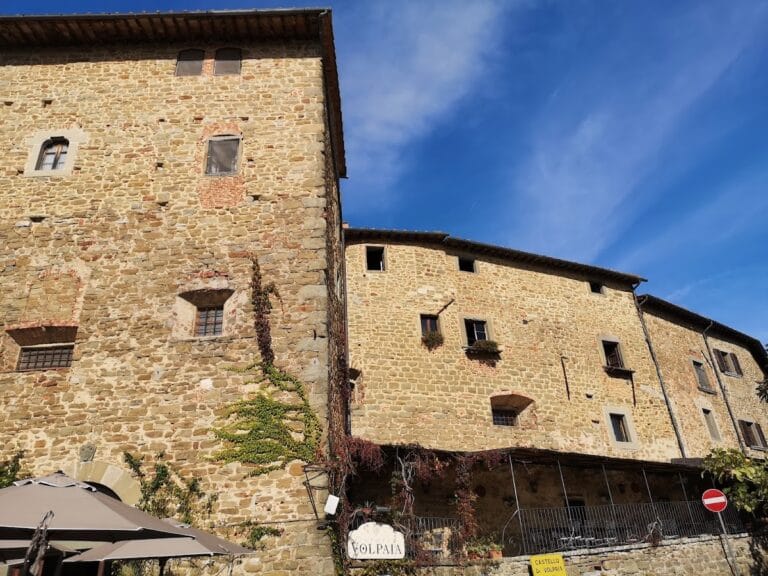Rocca di Montestaffoli: A 14th-Century Fortress in San Gimignano, Italy
Visitor Information
Google Rating: 4.6
Popularity: Low
Google Maps: View on Google Maps
Official Website: www.sangimignano.com
Country: Italy
Civilization: Medieval European
Remains: Military
History
The Rocca di Montestaffoli is a fortress located in the municipality of San Gimignano, Italy, built by the Florentines in the 14th century. Its origins on the Montestaffoli hill trace back to the Early Middle Ages, when the site was occupied by a castle under the control of the bishop of Volterra, who wielded political authority over the settlement. This early fortress played a part in the region’s religious and administrative history due to the bishop’s influence.
San Gimignano prospered economically during the medieval period, benefiting from its strategic position at the intersection of two important routes: the Via Francigena, a major north-south pilgrimage and trade road, and the route linking Pisa to Siena. A lively market developed on the Montestaffoli hill, reflecting the town’s role as a hub for commerce among various Tuscan cities.
The current fortress walls were erected by Florentine forces in 1353, following a series of devastating events including the plague epidemic, the famine of 1348, and internal strife between rival local families. These crises led the citizens of San Gimignano to seek the protection of Florence, effectively placing their city under Florentine control. The Florentines reinforced the settlement’s defenses by constructing the present Rocca di Montestaffoli, marking a new phase in the town’s military and political history.
During the subsequent era of the Grand Duchy of Tuscany, the fortress gradually fell into disrepair and was left largely abandoned. It was not until the 20th century that efforts were made to restore the surviving parts of the fortification. Today, the site reflects this layered history of medieval power struggles, strategic alliances, and later neglect and renewal.
Remains
The Rocca di Montestaffoli is primarily known today for its surviving defensive walls, which date back to the mid-14th century when the Florentines built the fortress. These fortification walls formed the outer defenses of the stronghold perched atop Montestaffoli hill, about 325 meters above sea level. This elevated position offered commanding views over San Gimignano and its surrounding landscape, an advantage for military observation and control.
No internal structures of the fortress survive; the rooms and buildings once enclosed within the walls have been lost over time. What remains are mainly the robust stone walls that once constituted the fortress’s defensive perimeter. These walls are closely connected spatially to the two sets of city walls that historically enclosed the Montestaffoli area within San Gimignano, emphasizing the integrated nature of the town’s fortifications.
The construction technique of these walls reflects typical mid-14th century military architecture of the region, though specific details such as building materials or decorative elements are not documented. The fortress’s remains stood in ruin for many centuries before restoration efforts in the 20th century stabilized and preserved what was left.
In more recent times, the Rocca di Montestaffoli site has served as a cultural venue, hosting summer performances and exhibiting contemporary artworks. Despite the absence of the fortress’s internal features, the preserved walls continue to mark the site’s historical presence and the defensive role it played in the medieval settlement of San Gimignano.







